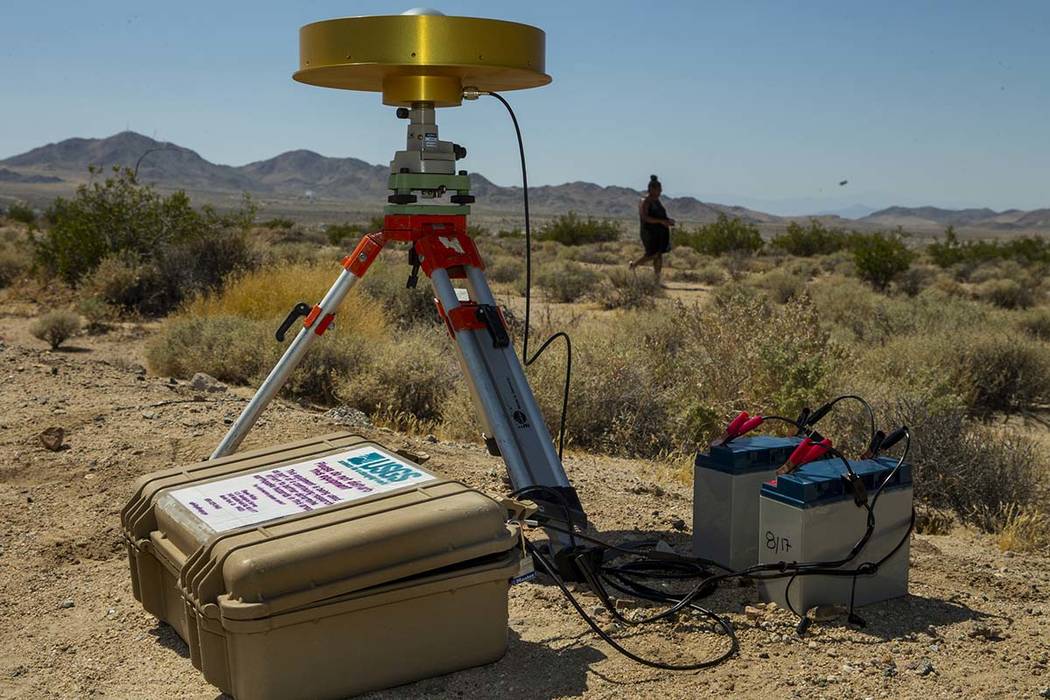Earthquakes are a major cause of destruction to dams and other infrastructure, so understanding the science behind earthquake monitoring is essential to the safety of these structures. Dam earthquake monitoring systems provide an effective way to monitor seismic activity near dams.

Image Source: Google
The first step in the monitoring process is to determine the location of the earthquake. This is done by analyzing seismograms, which are recordings of the seismic waves generated by the earthquake. Seismograms allow engineers to calculate the epicenter, or the point on the Earth’s surface closest to the origin of the earthquake, as well as the magnitude and depth of the earthquake.
Once the epicenter has been determined, engineers can use modeling techniques to predict the size and intensity of the seismic waves that will reach any given location. This information is used to determine the necessary safety precautions for the dam and other structures in the area.
In addition to predicting the intensity of the seismic waves, engineers can also use seismic sensors to monitor the dam’s response to an earthquake. By monitoring the vibration of the dam, engineers can measure the amount of stress the structure is under during the event.
Finally, engineers can use satellite imaging to monitor the surface of the dam and surrounding area for damage caused by an earthquake. This information can be used to assess the safety of the structure and determine whether any repairs need to be made.
